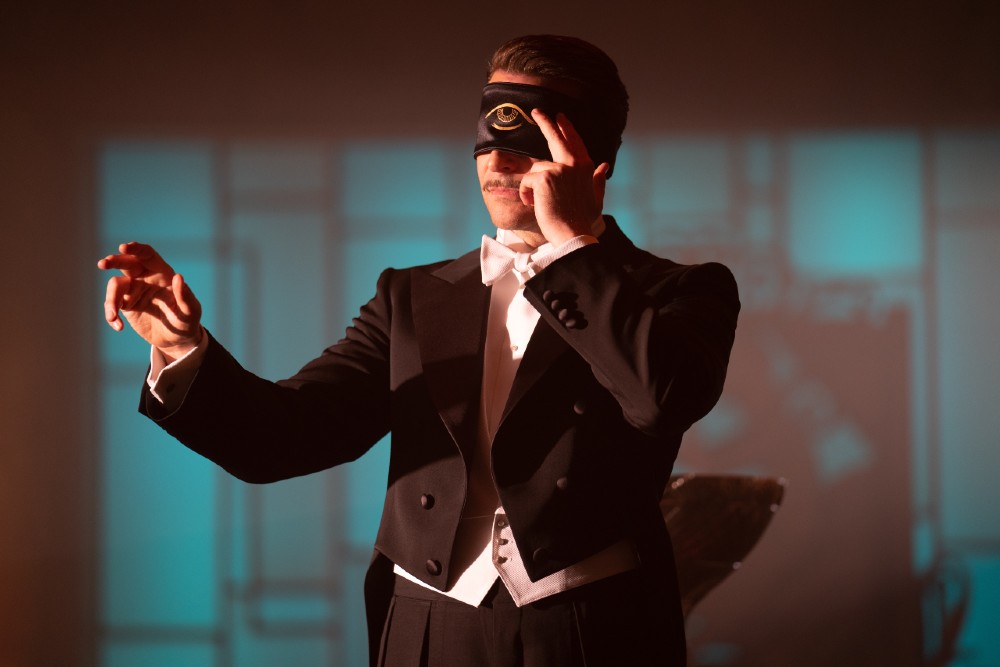
Editor Cam McLauchlin wasn’t sure if he was going to accept an offer to work on a certain movie, so he sought out Guillermo del Toro for advice. The next thing he knew, del Toro asked him to work on his next movie, Nightmare Alley, leaving McLauchlin at a loss for words.
Nightmare Alley is a remake of William Lindsay Gresham’s novel of the same name, which was initially adapted in the 1940s as a movie starring Tyrone Power. Del Toro and co-writer Kim Morgan were fans of the booze-soaked material, and the director quickly set about assembling a star-studded cast led by Bradley Cooper as Stanton Carlisle, a cunning conman who takes what he learns from a traveling carnival and decides to grift the New York elite.
Stanton digs himself a hole when he decides to con a sadistic tycoon (Richard Jenkins) with the aid of a beautiful psychotherapist, played by two-time Oscar Cate Blanchett.
The supporting cast includes Toni Collette, Willem Dafoe, Rooney Mara, Ron Perlman, Mary Steenburgen and David Strathairn — a galaxy of stars whose performances are aided by McLauchlin’s editing.
McLauchlin and del Toro have developed a shorthand together since the editor first joined the director’s circle when Pacific Rim went into production. That led to editing opportunities on other del Toro projects including The Strain, Crimson Peak, and The Shape of Water, and they’re currently working together once again, as McLauchlin is editing del Toro’s upcoming Netflix anthology series, Cabinet of Curiosities.
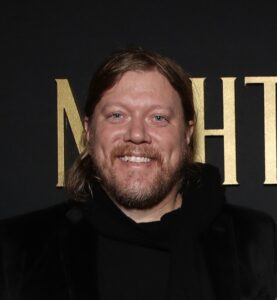
Below the Line: How did you first get interested in becoming an editor?
Cam McLauchlin: From a really young age, I was that kid who had a VCR and had a camcorder and would shoot things and record, pause, make edits and add tracks. I just became sort of obsessed with the idea of manipulating sound and image. It was never something that I actually thought you did as a job. I’m sort of that clichéd kid. I went to university; I got a degree in religious studies. I traveled a lot of the world in my 20s. I came back to the point where I wanted to continue with filmmaking. I worked on sets, worked on music videos, and quickly — I always did editing. It was just something like, I would get a copy of Premiere Pro and kind of work my way in. I found a job at a film lab and learned that, and then kind of wanted to always get into the editorial department. Yeah, that’s the path.
BTL: How did you first become attached to Nightmare Alley?
McLauchlin: I’ve been working with Guillermo since Pacific Rim and kind of moving my way up editorially in his sort of inner circle of people and the team he works with. I was offered a movie, and I wasn’t sure if I wanted to take it. I was consulting him and he just said to come over and see him. I did and I asked him, “So what do you think?” He’s like, “Well, why don’t you just do my next movie?” My jaw dropped, and I actually didn’t say anything. He looked at me with Miles [Dale, GDT’s long-time producer] and said, “Well, are you gonna f*cking say ‘yes’?” I f*cking said, “Yes,” but yeah, that’s how it started.
BTL: How was working with Guillermo del Toro as a director?
McLauchlin: Oh, it’s incredibly gratifying, because he’s so particular about what he wants. He knows the answer to everything, but he’s also very, very open to you interpreting the material, trying things with the material, and having that sort of back and forth collaboration. That’s sort of the crux of it. His work ethic is so strong and I find that so admirable. You just grind on the footage, and the work is sort of ultimately the thing that’s the most enjoyable.
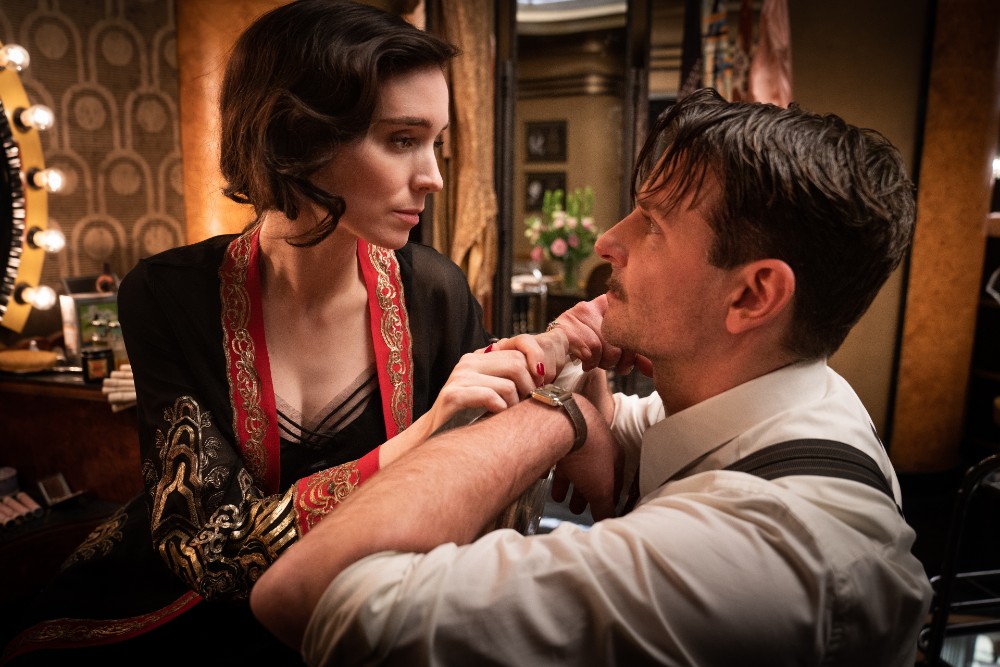
BTL: Since you’ve worked with him on a few films now, how has that shorthand improved since the beginning?
McLauchlin: Now, it can be an eye roll or a shift of the leg? A grunt? Hmm. Yeah, no, it’s definitely just being more open. I think when you’re in the edit room for that amount of time, you really need to have a space where you can say anything and not have it intentionally be sort of combative or you’re just letting the movie kind of start to communicate with you, and you’re trying to kind of interpret what it’s saying back to you. The two of us, kind of finding our way through it, definitely needed to be open to that. You kind of have a “mind meld” going on, so it definitely helps in lubricating the ideas.
BTL: When it came to editing Nightmare Alley, did you work on it as the film was shooting, or did you wait until the end of principal photography?
McLauchlin: No, Guillermo was very much hands-on in every facet. I would get dailies and get in early to the studio. My assistants would get everything going and ready and then I would just start cutting. Half an hour into that, he walked into the room and we continue to kind of hammer through the scene, or he’d start drawing storyboards for that day. A lot of the time, I recall, we were getting half the scene shot and then have to move the camera to the other side of the room for that coverage. I basically get in there, cut together what I think is kind of the very bare bones of the scene, and start slugging in titles like reverse POV. He would kind of come in and either he would take that idea, or he’d draw his own board, and then he’d be off to go shoot. I’d send a Quicktime after I got through the dailies and cut them. By lunch, he would have a scene on his laptop and he would show it to other actors, other collaborators. That’s sort of how the process just went. Things evolve and the script might change, and because of that, some performances might shift slightly based on sort of how things are kind of written.
BTL: How did the production pause benefit the film?
McLauchlin: Well, yeah, as unfortunate as that was, I think for us, it gave us a time to collect our thoughts and sort of really fine-tune. What we had was most of Buffalo. We had a lot of the Copacabana scenes and a lot of Lilith scenes — well, actually, all of them. It gave time for Guillermo to kind of reflect and kind of figure out where he was going to — because we’re landing there, so what was the shape to get there? Yeah, it was hugely beneficial, I would say. To have time on a movie, any movie, is always a great advantage because you don’t really have that ever.
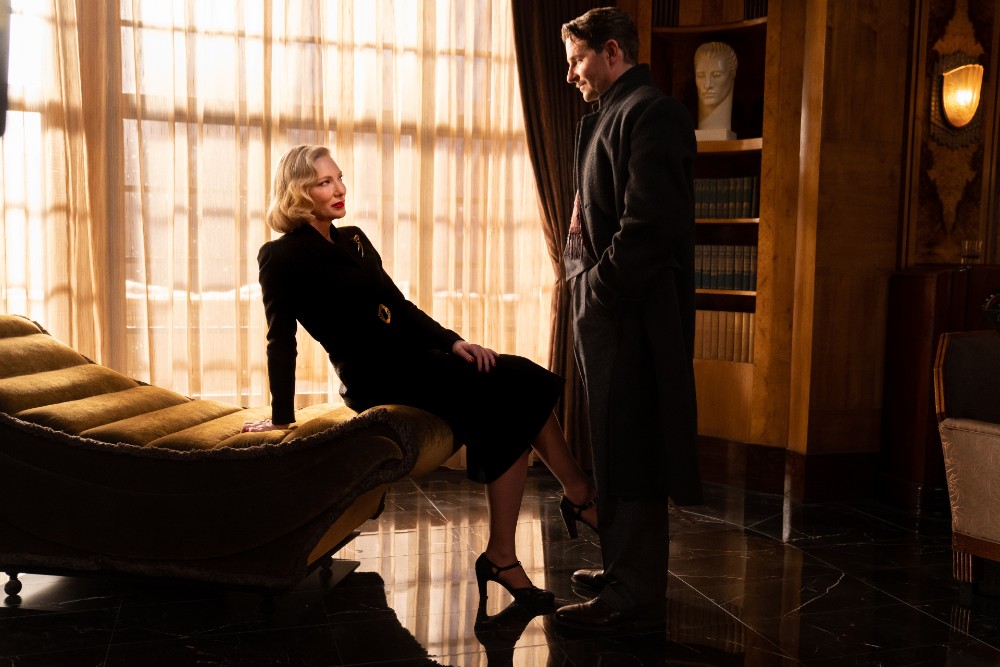
BTL: How long after production wrapped did you have a rough cut ready?
McLauchlin: We had [one] the day of. Basically, I do a lot of sound work. I consider that a huge part of the storytelling and the picture work. We’re definitely trying to present something every day that’s pointing to the direction of Guillermo’s intentions. By the time we were done with the shoot, we had a– I don’t know, jeez, it was a long version of the movie. Three-plus hours. [laughing] It played, but we had to get it down.
BTL: I’m trying to imagine sitting at the world premiere for three-plus hours…
McLauchlin: Oh, yeah. You’d definitely have to go to the washroom.
BTL: Yeah.
McLauchlin: Maybe, hopefully, come back. Yeah, no, it’s like anything. It’s just taking shape, and it’s discovering what the best possible story is.
BTL: If I heard correctly, the picture was finally locked just two weeks before the world premiere?
McLauchlin: Yeah, essentially, we finished the mix two to three weeks before. We had a temp mix for a screening in July. We mixed into June and then we had our final in the month of October, beginning of November. I think a lot of people were sweating — our post supervisor and the studio — because we had to get this thing out. Under the whole thing, Guillermo was very calm. I was sensing some pressure, but in the moment, it’s all about the movie, and we’re there. We weren’t going to let anything slide because of time pressure, but it was definitely cutting it close. But it worked out. We got a movie.
BTL: Was there a scene or sequence you and Guillermo were trying to find a place to keep but ultimately had to cut out?
McLauchlin: Yeah, he had one that we kept coming back to. He can answer that if he wants, but it was in the carnival and there was a whole sub sort of story with Zeena and Stan’s character that we were always trying to make work. But in terms of what it was doing to complicate the other relationship Stan had with Molly, it was working against it. We just tried to make it work. I mean, that’s what we do with everything. Guillermo never lets anything kind of go. It’s not like he’ll abandon it once. It’ll keep coming back, because usually, there’s something we kind of learn out of it. As the story evolves, and the structure changes, it’s clear that we might need to go back and use a piece of what we thought was scrapped. Everything’s sacred until the movie’s done.
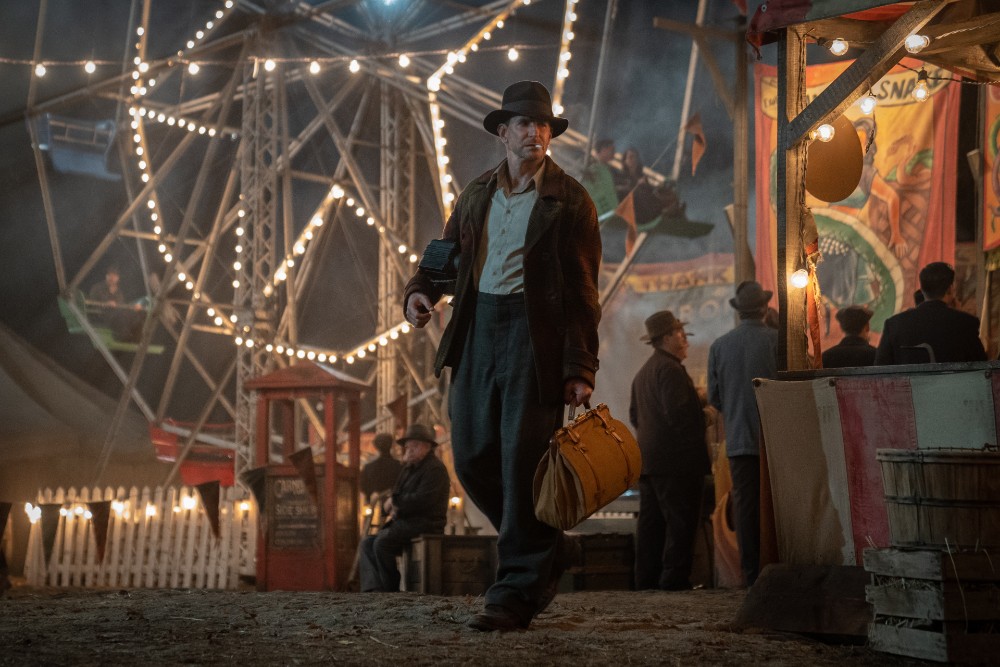
BTL: Was there a scene or sequence in the film that you found to be the most challenging to work on?
McLauchlin: I think the one thing that we kept coming back to — sound-wise, we kept going back to the geek pit. The geek pit itself, we spent a lot of time in. The lie detector tests, we spent a lot of time in. We spent a lot of time, more or less, trying to pull out information just so the audience wasn’t getting too far ahead. There’s a lot of the plot with Lilith, where, how much does Stan know? How much do we need to have the audience know? And then there’s Stan himself and his sort of journey through the whole film, because obviously, he’s in more or less every scene except for [spoiler]. Having his path and crafting that sort of realism through the whole world and trying to understand and have the audience question and keep kind of thinking about his interior. What he’s thinking, what’s his next move? Stan’s a character, I think, that’s always riding the lightning of, if he steps left, that might be the cliff that he finally goes off.
BTL: When it comes to editing, how has the pandemic impacted your typical process?
McLauchlin: There’s a lot of this [Zoom]. We use a system called Evercast, which is like Zoom. It’s a great band-aid, it keeps you going. There’s nothing like being in the room together. There’s just a whole different energy. There’s a shorthand that you lose. I heard Joe Walker [the Oscar-nominated editor of Dune] say in a video or podcast, “It’s like going to talk to your dad in jail.” There’s the glass and you’re on the phone. You connect in a way, but you don’t really connect. It’s even things like having lunch with the director, talking about a show you’re watching. There’s something that just creates a rhythm between the two of you and whoever else is in the room that is like a lubricant for ideas. It works, but it’s not the best way to make a movie.
BTL: Is there an editing system that you prefer?
McLauchlin: I generally work on Avid. I’ve worked the old Final Cut Pro, and I’ve looked at Premiere. I better learn that, I guess. But yeah, Avid’s my go-to. When you’re working on a bigger project with so many other collaborators, assistant editors, and the effects editors, it’s just kind of the way to go. Shared storage and what-not, but I mean, there are lots of ways to skin a cat. It’s just a tool.
Nightmare Alley is currently playing in theaters.





